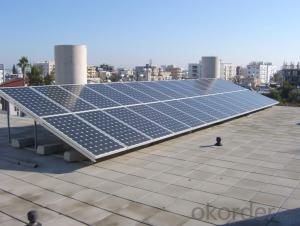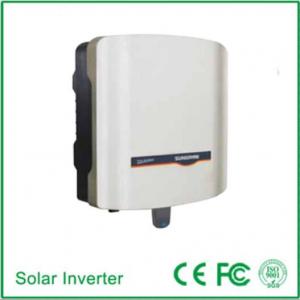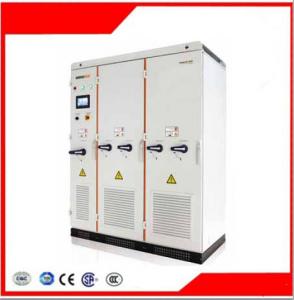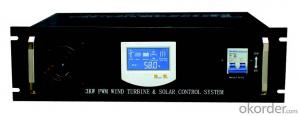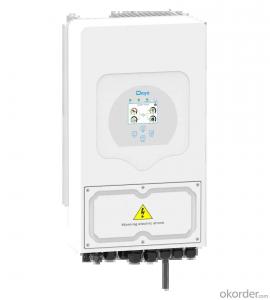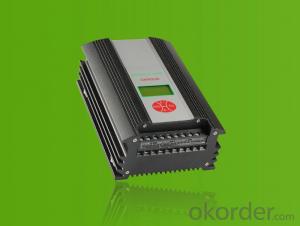Sma Hybrid Solar Inverter
Sma Hybrid Solar Inverter Related Searches
Sma Solar Inverter Solar Sma Inverter Sma Solar Micro Inverter Sma Solar Panel Inverter Sma Solar Technology Inverter Solar Inverter Sma Sma Three Phase Solar Inverter Sma Commercial Solar Inverter Sma Solar Inverter Germany Sma Solar Inverter Price Sma 100 Kw Solar Inverter Sma Solar Inverter App Solar Hybrid Inverter Solar System Hybrid Inverter Solar Inverter Hybrid Smart Hybrid Solar Inverter Hybrid Solar Inverter Sma 5kw Solar Inverter Hybrid Solar Power Inverter Sma Solar Inverter Warranty Inverter Solar Hybrid Solar Hybrid Inverter System Sma Solar Inverter Manual Inverter Hybrid Solar Hybrid Solar Inverter System Solar Panel Hybrid Inverter Hybrid Inverter Solar Sako Hybrid Solar Inverter Buy Hybrid Solar Inverter Sunshine Solar InverterSma Hybrid Solar Inverter Supplier & Manufacturer from China
Sma Hybrid Solar Inverter is a cutting-edge product designed to optimize the performance of solar energy systems. These inverters are engineered to convert the direct current (DC) generated by solar panels into alternating current (AC), which can be used by electrical appliances and fed back into the grid. The advanced technology integrated into Sma Hybrid Solar Inverters ensures maximum efficiency and reliability, making them an essential component for any solar power setup.The Sma Hybrid Solar Inverter is widely used in various applications, including residential, commercial, and industrial solar power systems. They are particularly beneficial in scenarios where grid-tied solar systems are installed, as they can manage the flow of electricity between the solar panels, the grid, and the end-users. This product also offers flexibility in managing energy storage systems, allowing users to store excess solar energy for later use, thus enhancing the overall efficiency of their solar energy systems.
Okorder.com is a reputable wholesale supplier that offers a vast inventory of Sma Hybrid Solar Inverters. As a leading online platform for sourcing electrical and electronic components, Okorder.com ensures that customers have access to high-quality products at competitive prices. With a commitment to customer satisfaction, Okorder.com provides efficient and reliable services, making it a go-to destination for those seeking to purchase Sma Hybrid Solar Inverters and other solar energy-related products.
Hot Products
